UNESCO – Jordania/ 13 de febrero de 2018/Fuente: https://es.unesco.org
“Antes me encontraba sola en casa”, afirmó Rasha, quien a los 15 años ya estaba casada y no tuvo oportunidad de estudiar. “Ahora tengo nuevas amigas, me siento apoyada por otras jóvenes y nos tratamos como hermanas”.
Rasha tiene nuevas amigas gracias a un proyecto innovador de la UNESCO que dota de competencias prácticas en materia de empresariado e innovación a mujeres jóvenes sirias y jordanas, en el marco de una formación técnica en artesanía para generar ingresos.
Con sus dos hijos escolarizados, Rasha ha aprovechado esta oportunidad para incorporarse al proyecto y adquirir nuevas capacidades. Gracias a su participación, afirmó, ha aprendido numerosas competencias como el bordado, el crochet, la costura y el tejido. Si le pregunta cuál de las competencias artesanales que ha aprendido es su preferida dirá que es el tejido.
De esta manera, las 500 participantes del proyecto adquieren competencias útiles para la vida cotidiana y una formación que las capacita para el trabajo, para tratar de aumentar sus oportunidades con miras a ampliar su participación en el mercado laboral.
La Oficina Regional de la UNESCO en Ammán respalda los programas que alientan y ayudan a las niñas y mujeres para que participen y contribuyan con sus familias, sus comunidades y, en un sentido más amplio, con sus economías.
En el contexto de la crisis siria, la UNESCO hace hincapié en esferas fundamentales, tales como la educación y la formación técnica y profesional, los conocimientos útiles para la vida cotidiana, la educación secundaria y la educación superior.
Los proyectos como éste coinciden con los aspectos fundamentales de la Agenda para el Desarrollo Sostenible de aquí a 2030 al concentrar su acción en los ODS 4 y 5, a partir de la idea de que la educación, bajo cualquiera de sus formas, es un derecho humano fundamental.
Este ambicioso proyecto se inició en noviembre de 2016 y fue creado con el objetivo de ayudar a las mujeres jóvenes a adquirir capacidades comerciales y profesionales.
El proyecto ha sido aplicado en colaboración conjunta con la JRF, respaldado por ocho organizaciones basadas en la comunidad y en siete comunidades, entre las que figuran Ajloun, Jerash, Madaba, Mafraq, Irbid, Ramtha y Ammán.
La naturaleza inclusiva del proyecto fomenta un diálogo abierto entre las mujeres sirias y jordanas, a partir de sus propias experiencias y de los compromisos que comparten.
Rasha apreció la parte del proyecto “capacidades útiles para la vida cotidiana” y el espíritu de equipo que se derivó del sentido de empoderamiento experimentado por las jóvenes al que dio lugar. “Ahora sé cómo prepararme para una entrevista de trabajo”, afirmó.
Gracias a sus nuevas capacidades, a Rasha le gustaría mucho trabajar fuera de su casa y espera que le brinden más cursos como éste para poder perfeccionar aún más su talento.
Wesal, otra de las jóvenes participantes en el proyecto, tomó parte en el programa de artesanía a la vez que estudiaba en una universidad jordana para obtener una licenciatura en arte. “Cuando no estoy estudiando siento que no tengo nada que hacer. Necesito concentrar mi mente en algo constructivo como la creación artesanal para llenarme de energías positivas”, afirmó.
Wesal genera ya algunos ingresos gracias a la venta de sus creaciones a miembros de su comunidad local y el dinero que gana le sirve para pagar sus propios estudios.
“Los formadores me enseñaron que lo que más cuenta es la fuerza de carácter y que debemos trabajar para depender exclusivamente de nosotras mismas”.
Palabras rotundas pronunciadas por una joven con temperamento.
El proyecto, auspiciado por Proctor & Gamble, se lleva a cabo por la Jordan River Foundation (JRF), una organización no gubernamental de carácter no lucrativo creada en 1995 y presidida por Su Majestad la Reina Rania de Jordania.
Este artículo fue inicialmente publicado por la Oficina Regional de la UNESCO en Ammán.
Fuente de la Noticia:
https://es.unesco.org/news/proyecto-unesco-proporciona-competencias-empresariales-mujeres-jordania

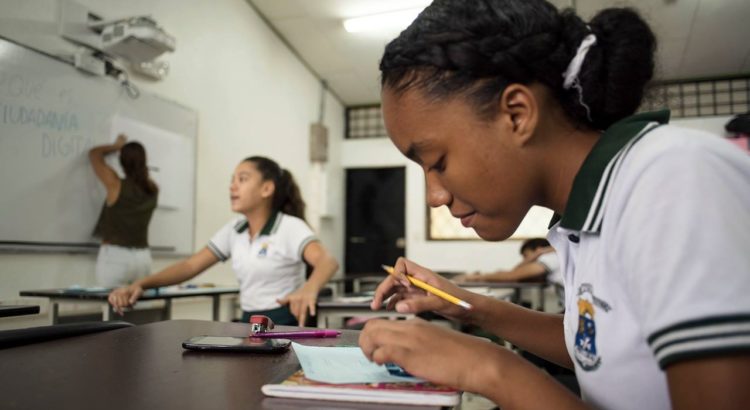


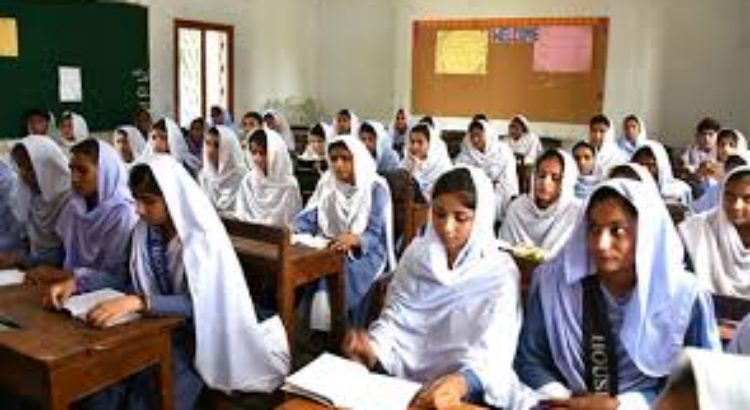

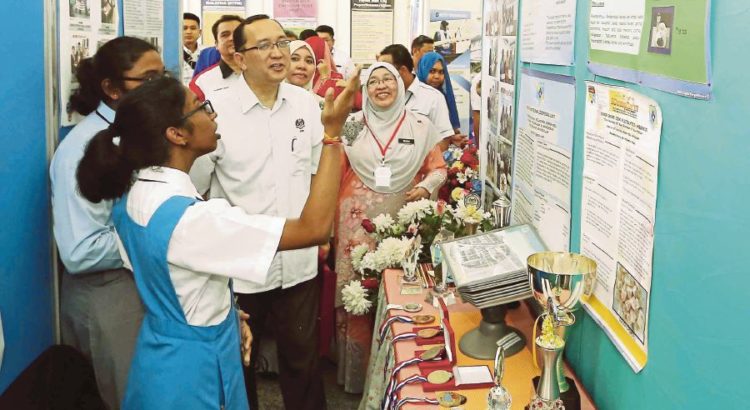
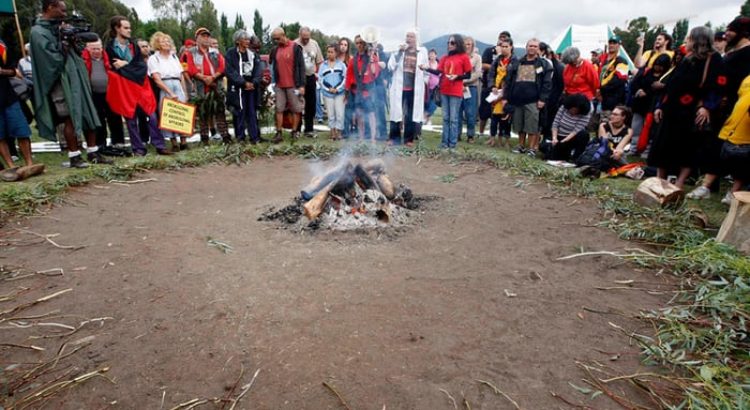
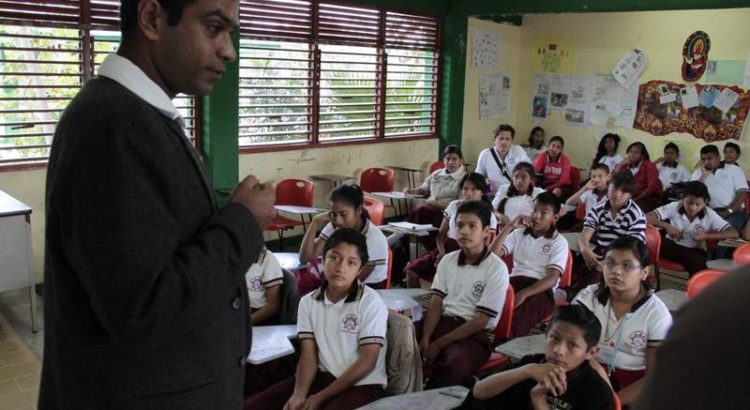




 Users Today : 71
Users Today : 71 Total Users : 35434255
Total Users : 35434255 Views Today : 94
Views Today : 94 Total views : 3373335
Total views : 3373335